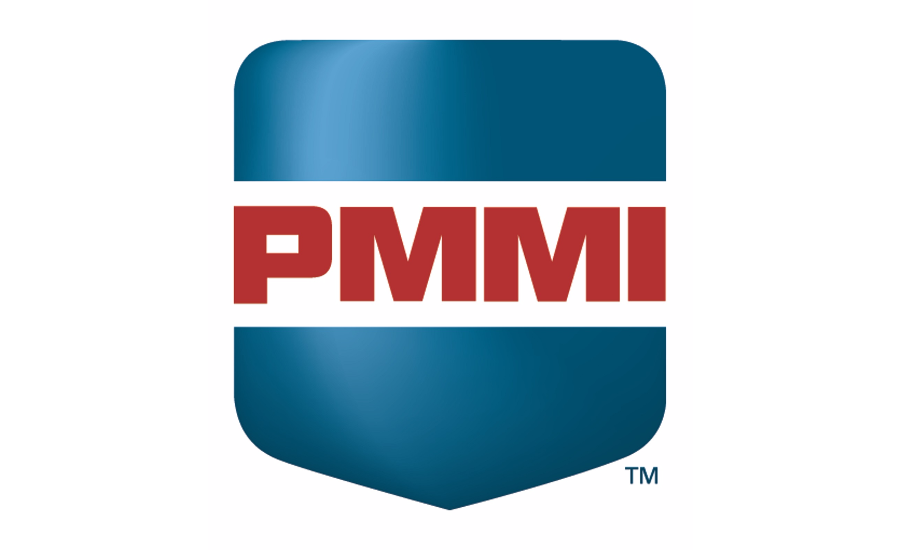PMMI: Are sustainability initiatives sustainable?
PMMI’s Tom Egan on how sustainability is bolstered by consumer preference and inherent cost savings.

As sustainability issues move to the forefront of the national conversation, we reached out to Tom Egan, vice president, Industry Services, PMMI, The Association for Packaging and Processing Technologies, to find out what the future might hold for sustainability initiatives in the consumer packaged goods industry, what considerations brands must heed and what resources are available to brands looking to make a difference.
Q: Given the results of the recent U.S. election and the implications with regard to environmental regulations, do you believe that sustainability is still a priority for U.S. consumers?
Egan: Sustainability initiatives are here to stay. Consumers have shown a willingness to pay more for products from companies committed to a positive environmental impact (Source). They have also shown a preference for packaging that can help reduce food waste (Source). Consumers have tangible interactions with packaged goods each day. They observe trash build up first-hand, and the idea that packaging material and food waste end up in landfills is troubling to them on an intuitive level.
In looking to the future, millennials are the generation most willing to pay extra for sustainable offerings (Source). They are interested in taking more holistic approaches to the products they consume, and brands that champion environmental responsibility are earning the loyalty of a group that is poised to enter its prime spending years and economic influence.
Additionally, retailers, consumer goods manufacturers and packaging and processing suppliers are constantly working together to improve supply chain efficiencies, reduce hazardous chemicals and develop innovations that improve recyclability and reduce food and packaging waste. These initiatives are often beneficial to a company’s bottom line as well. Improving production efficiencies and utilizing lighter-weight materials provide a clear cost incentive. The combination of these factors indicates that, regardless of any change to the administration, sustainability initiatives will continue to progress for consumer goods manufacturers.
Q: With regard to packaging materials, what are the most important considerations for brands to make before committing to a certain container that promises sustainability?
Egan: Today, we ask packaging to perform multiple roles, including to promote the product, assist in ease of use and inform the consumer of pertinent information. Yet the foremost responsibility of packaging and primary consideration for all brands must be to provide consumers with safe, finished goods by utilizing packaging that protects and preserves products throughout the entire supply chain. Any packaging and material decisions must first meet those principal criteria. This is especially important for managing material changes, as some modifications might have unintended consequences. For instance, a lightweighted package may reduce material use but could also result in a damaged product. This often leads to a product being thrown out or returned because the consumer was deterred from purchasing it. Trashing or returning a fully-costed product is the most expensive and unsustainable thing a brand can do. It constitutes a complete waste of all the resources that went into growing, processing, packaging and shipping that product.
When considering packaging changes that can improve sustainability, brands and consumers alike must be aware of the entire life cycle of the package. For instance, the carton that holds a tube of toothpaste may seem like an unnecessary addition to the product. Yet, due to the protection and structural stability the carton offers the tube, manufacturers have been able to lightweight the amount of resin used in the tube itself. The carton, which is sealed on both ends, also provides tamper-resistance which, in turn, boosts consumer confidence in the product. Packaging professionals must look at the whole picture in order to determine the best and most sustainable way to get a product safely to the consumer.
Q: Can you tell us a little about the resources available to manufacturers looking to address sustainability?
Egan: Technologies and solutions that can improve sustainability will be on display at the upcoming PACK EXPO East 2017 (Pennsylvania Convention Center, Philadelphia; Feb. 27-March 1), the industry’s premier trade show experience in the East. Exhibitors at PACK EXPO East are almost uniformly making strides to improve sustainability. Packaging operations are to some degree inherently focused on reducing costs in energy, transportation and materials. This has a positive effect on sustainability as well. Attendees should discuss the sustainability initiatives exhibitors are undertaking when they visit each booth. They should ask about current approaches and how those might benefit their business.
Attendees should also take advantage of the PACK EXPO East Innovation Stage, where a range of stories, solutions and case histories will be shared by subject matter experts addressing sustainability, connectivity, optimal distribution and delivery and more. The Innovation Stage is right on the show floor and is free to all attendees.
For pharmaceutical professionals, the Healthcare Packaging and Processing Conference will provide an additional opportunity to learn about the latest solutions in sustainability. The conference will include sessions such as “Sustainable and Cost-Effective Cold Chain Distribution Management” (Tuesday, Feb. 28 from 10 a.m. to 10:45 a.m.; Room 121C). Professionals outside the pharmaceutical industry should take a look at the conference programing as well, as many times one can benefit from solutions in a different but complementary industry.
Learn more at PMMI.org and PACKEXPO.com and PMMIMediaGroup.com.
Looking for a reprint of this article?
From high-res PDFs to custom plaques, order your copy today!





